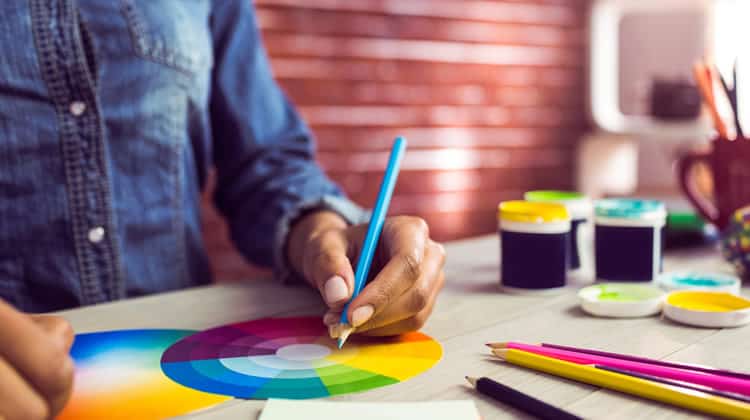
Colour plays a crucial role in User Experience. It transmits a psychological message to your users and choosing the right colours for your brand, logo or product can be vital as it helps your brand or product get easily recognised and identified with your industry.
Coca-Cola is red whilst AT&T is blue and this is not just a coincidence. The correct use of colour is vital to creating a positive image among your users. Furthermore, colour plays a huge role in recognition. It triggers all the senses, instantly delivering a message like no other communication method. In this article, I will be discussing the effect different colours have on user psychology. This can assist you in deciding which colours to user in order to convey a positive user experience for your users.
Blue

Blue is the colour of the heavens and oceans and brings to mind peace and serenity. It implies trust, devotion, confidence, intelligence, intellect, faith and truth. It is commonly used among financial institutions because it is perceived as trustworthy, dependable, secure and fiscally responsible. Another property commonly associated with blue is cleanliness and hence it is also often used to advertise products or services which want to portray this feature such as water related products and cleaning liquids.
Blue brings to mind the skies and the seas. Hence, some airlines, airports, and companies operating in the shipping industry tend to adopt this colour in their brands. Another sector where the blue colour is implemented is the high tech and computing industries due to the fact that blue is linked to intellect and knowledge. Light shades of blue are often associated with well-being, health, peace and meditation and hence can be found when looking at spas, clinics, yoga and fitness centres.
Red

Red actually triggers the pituitary gland and speeds up the heart rate, hence causing the person seeing it to breathe more rapidly. This instinctive response makes red aggressive, lively, stimulating and attention grabbing. So if one wants to induce a passionate response, the colour red is always a safe bet. One word of caution though – red is also associated with danger and indebtedness.
Green
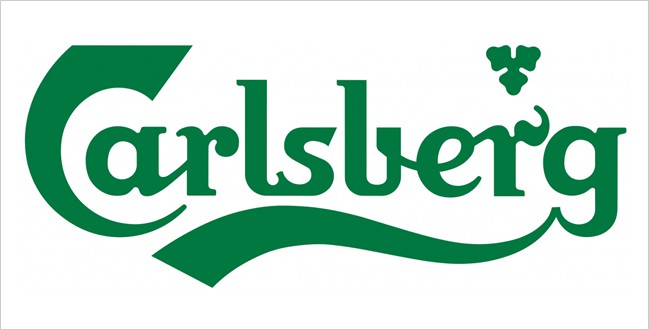
Green is a colour which is generally linked to nature, peace, well-being and freshness. Different shades of green however can evoke different emotions. Deeper greens are linked to wealth and prestige whereas lighter shades of green are mostly calming and peaceful. As opposed to red, green means safety and it can be used to advertise environment-friendly products or medical products.
Yellow

To everyone worldwide, even to kids, the colour yellow is associated with the sun and hence communicates confidence, positivity, light and warmth. The human eye sees yellow before any other colour and this makes it a great choice for shop displays. It is also believed that certain shades of yellow inspire creative thought and energy.
Purple

Purple tends to be the colour which is favoured by creative people. It brings to mind mystery, superiority, mysticism and royalty whereas the colour lavender evokes reminiscence and sentimentality.
Pink
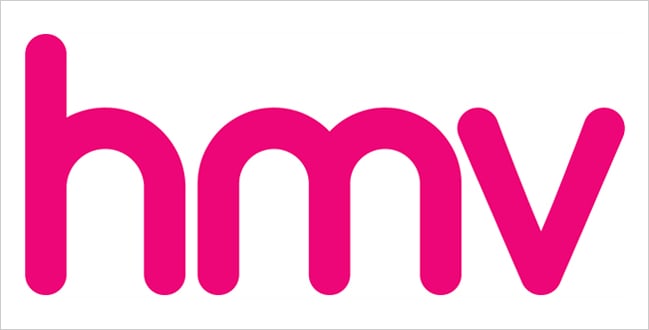
The feelings which the colour pink evokes differ greatly according to the intensity of the colour. A bright pink brings to mind youth, fun and enthusiasm and is recommended for less expensive or fashionable products for women or girls whereas lighter pinks are more associated with romanticism.
Orange
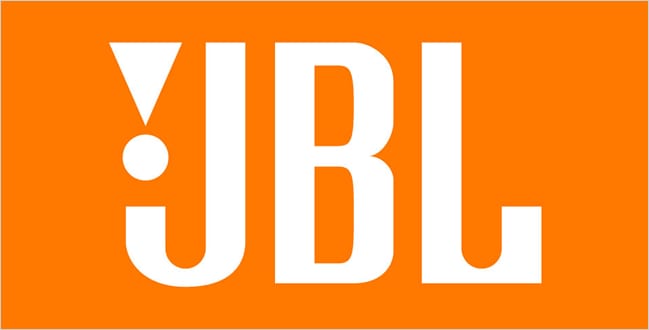
Orange is another cheerful colour and promotes liveliness, fun and energy. Research has indicated that the lighter shades of orange appeal more to an upscale market whereas the brighter ones appeal more to a younger audience.
Brown

Brown is an earth colour which brings to mind straightforwardness, steadiness and resilience. Sometimes, depending on the shade of brown which is chosen, it can evoke a negative response from consumers who relate to it as dirty but shades such as terracotta elicit much more favourable responses from the consumers in general.
Black
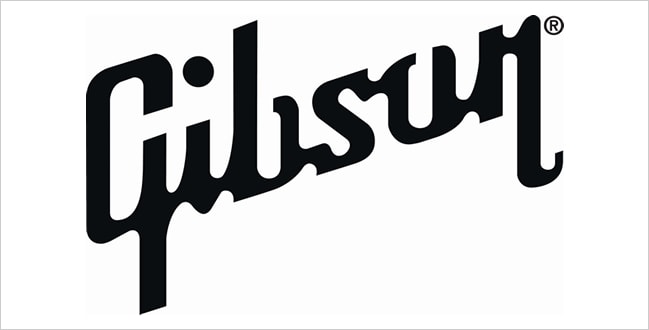
Black is seen as the most serious, formal and bold of colours and in effect black is really the complete absence of colour and light. It is commonly used and associated with prestigious, sophisticated and expensive products. In the fashion industry black is elegance and authority. This is why it is often used for formal dress codes.
I suggest caution when using black as the main colour of your brand, print material and web design. Black absorbs and dilutes all colour surrounding it, and so one should choose well the appropriate secondary colour to contrast and compliment. Personally I prefer using it with all shades of greys and whites. However it can make bright and vibrant colors really stand out. When there is a rich text content in publishing or web design, black is not recommended as a backdrop, as it will make small type difficult to be read apart from ink volume issues. On the other hand, black allows photography, illustration and other artwork to be the primary focus of the user, thus making it an ideal choice of colour for online portfolios.
White
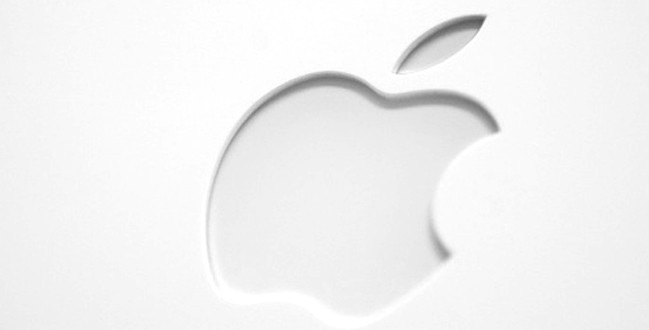
White has always been the colour which brings to mind cleanliness, purity and simplicity. It is also associated with light, goodness, positivity, peace, humility and innocence. White can represent success or new beginnings like birth or marriages in the western cultures.
It is often used in advertising since the human eye sees it as a brilliant colour and it helps in delivering a clear and clean message. Since it has connotations with safety and purity it is commonly found on medical and sterile products. Thus, it is quite commonly found in hospitals, clinics, laboratories and also worn by their personnel such as doctors, nurses, surgeons and scientists. In branding and product design it is often used with infants because of their innocence and simplicity, medicine and medical equipment, weight loss, diet management and dairy products as well as technology.
Want to learn more?
If you’re interested in the intersection between UX and UI Design, then consider to take the online course UI Design Patterns for Successful Software and alternatively Design Thinking: The Beginner’s Guide. If, on the other hand, you want to brush up on the basics of UX and Usability, you might take the online course on User Experience (or another design topic). Good luck on your learning journey!
(Lead image: Depositphotos)
